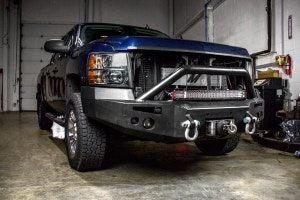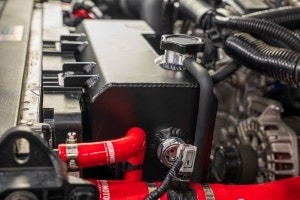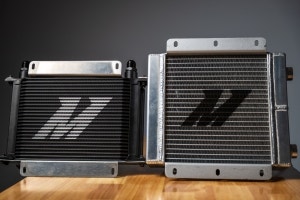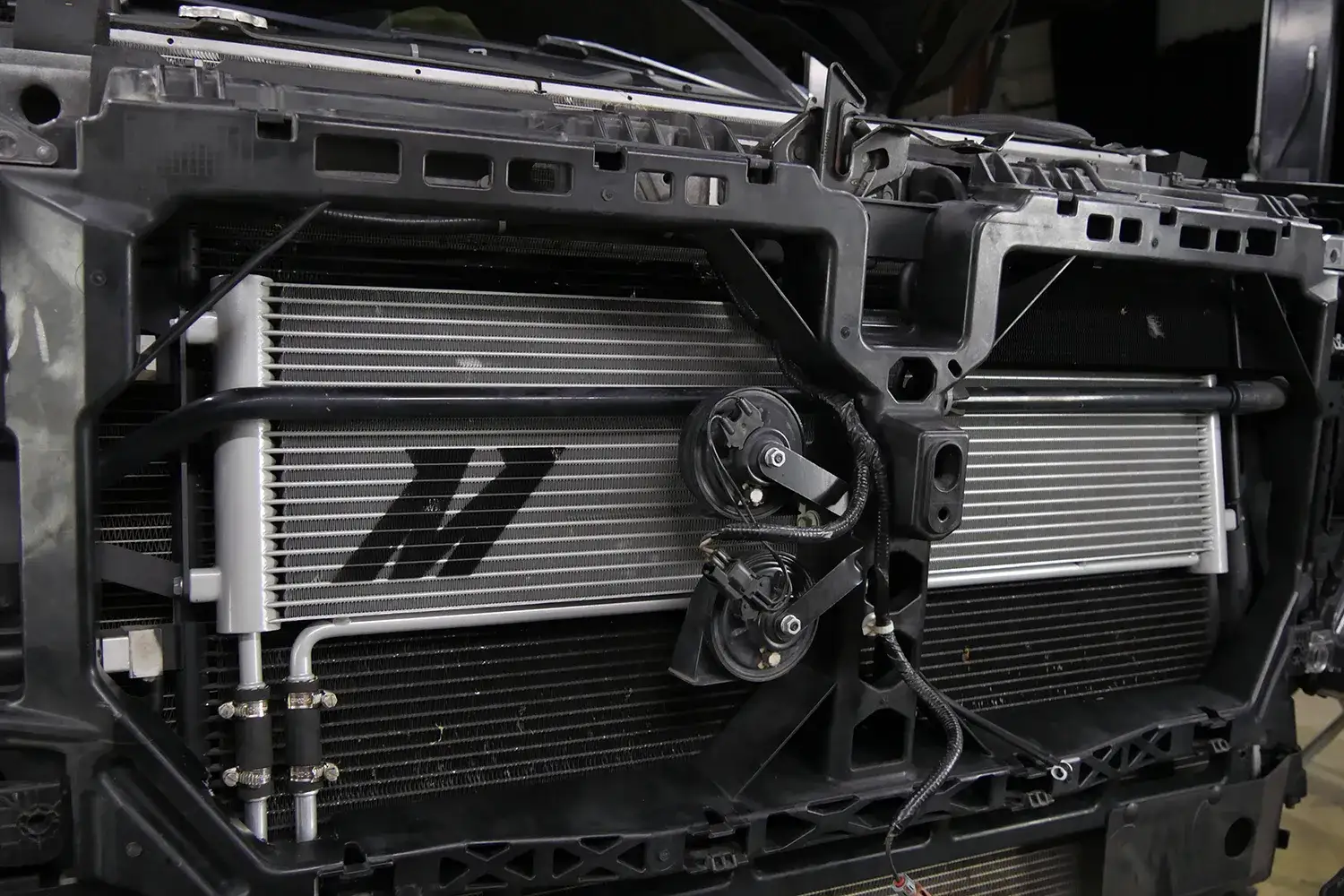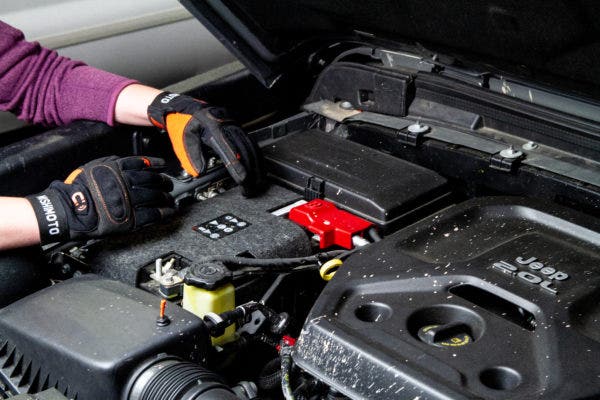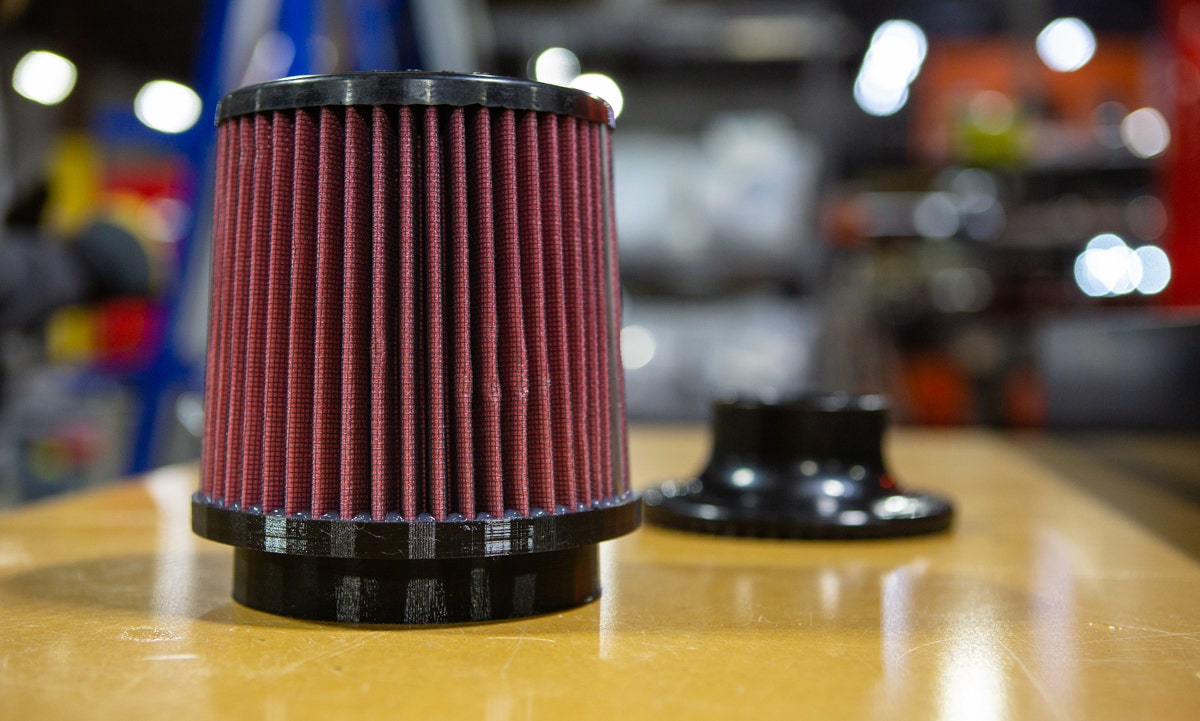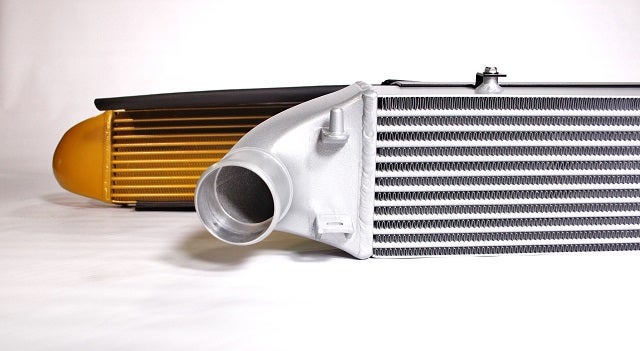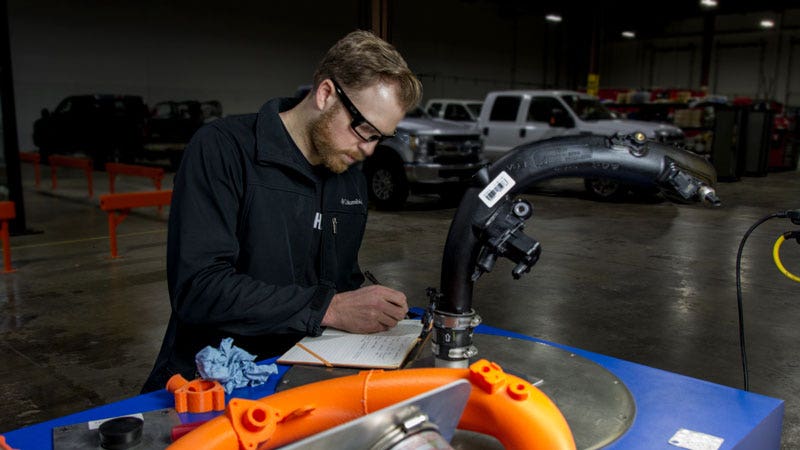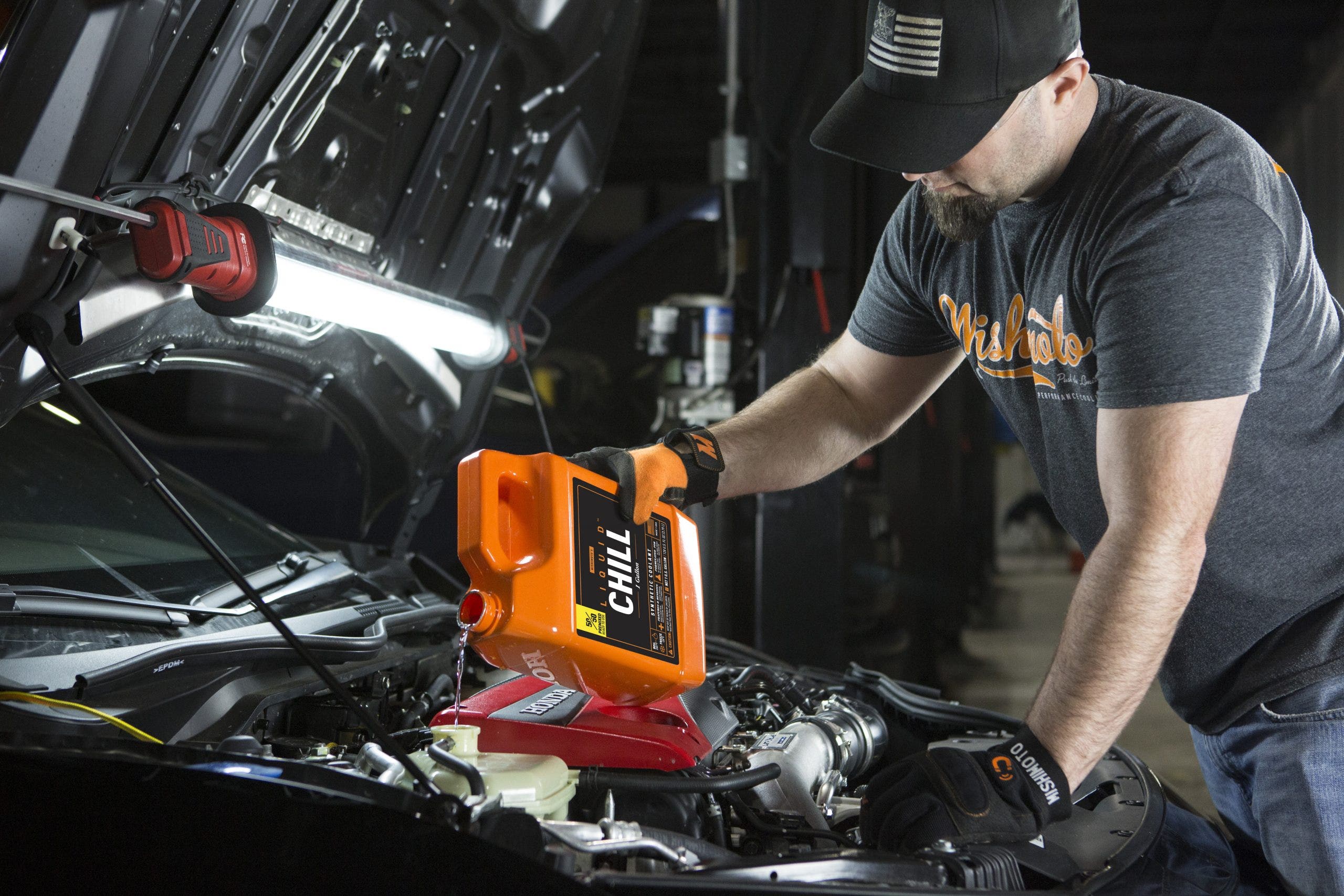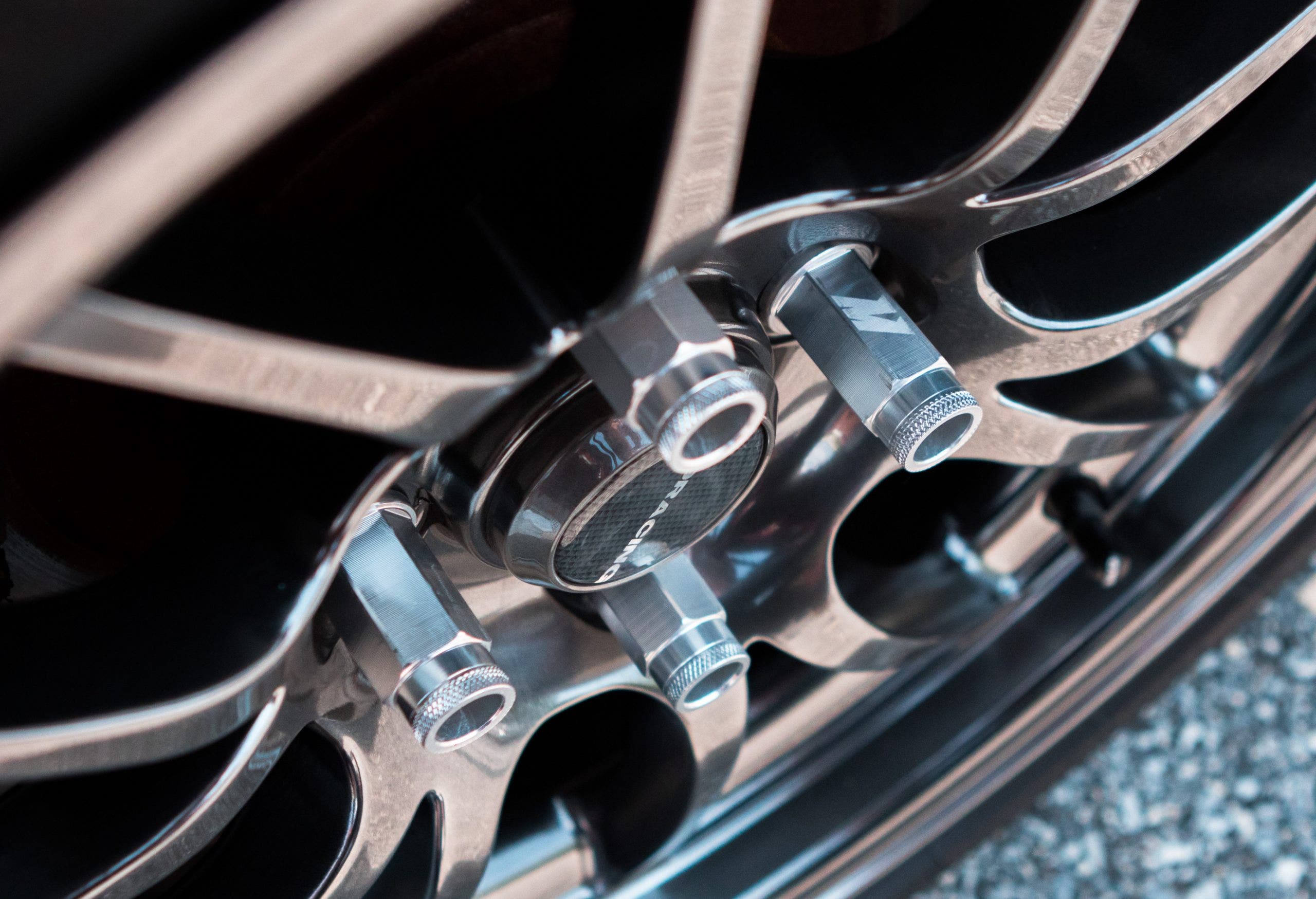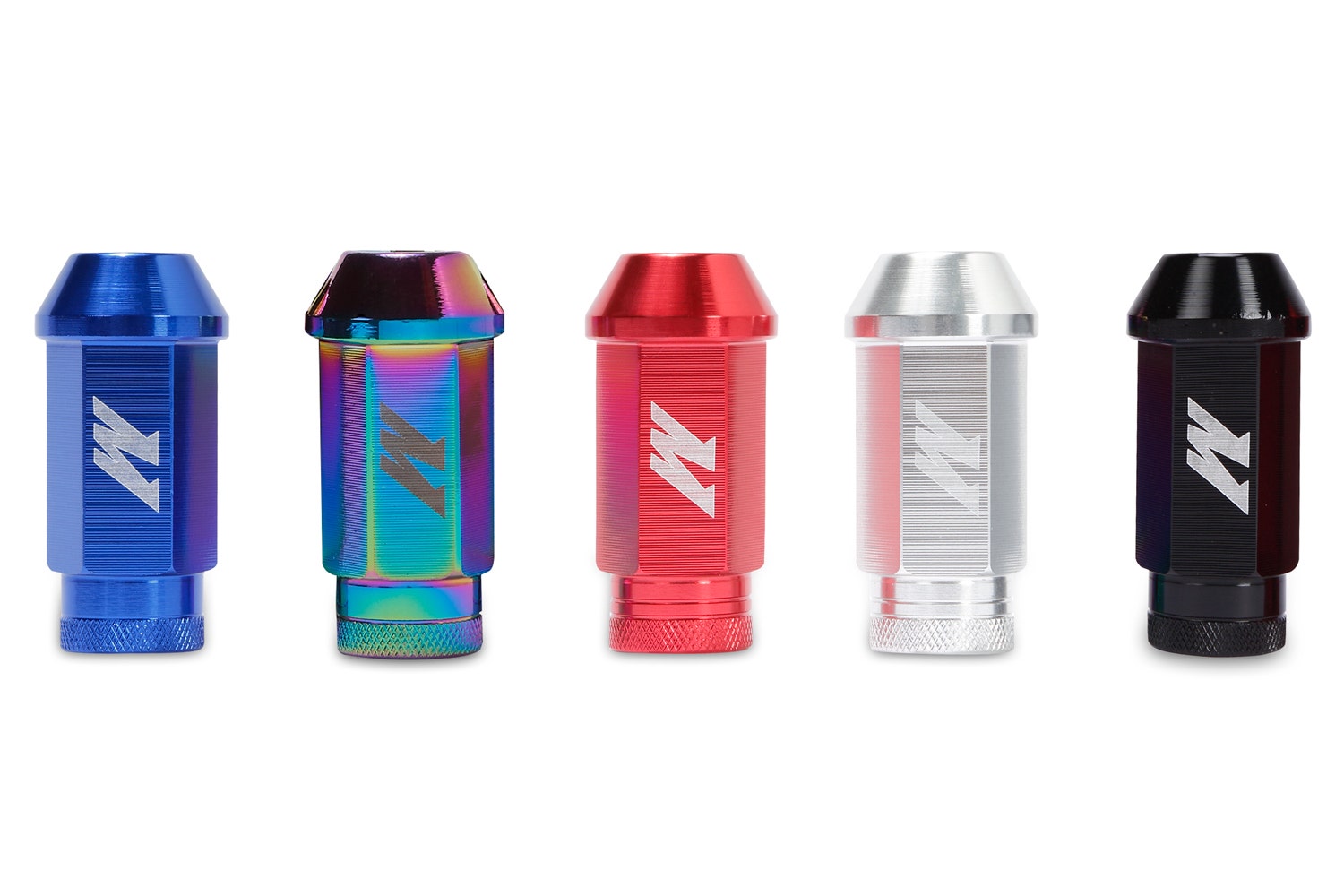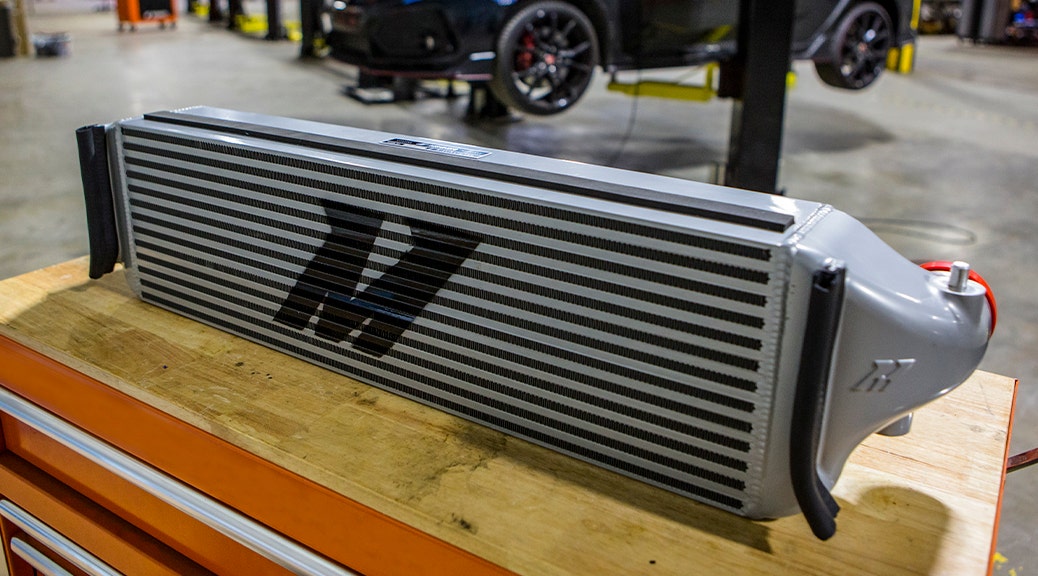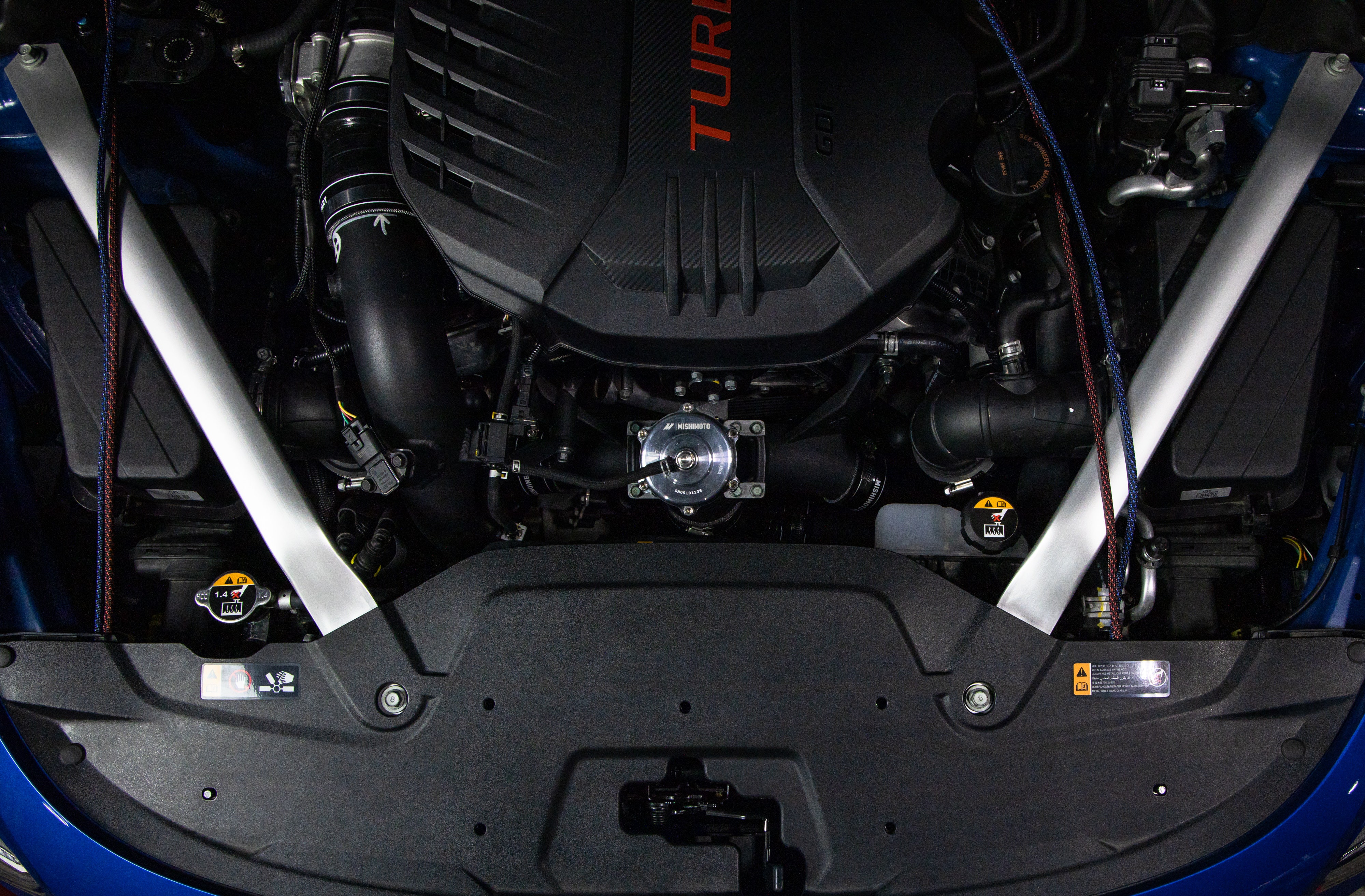Proper vehicle preparation and maintenance can ensure your Jeep survives the low temperatures of winter. We put together a list of 10 checklist items you can complete to give yourself peace of mind as the temperatures drop. We recommend starting this list around October if you're in the Northern Hemisphere and May if you're south of the equator. Follow this checklist to make sure you're ready for the season ahead.
1. Test Your Battery
If possible, have your battery tested prior to the cold weather snap and replace if it's testing
